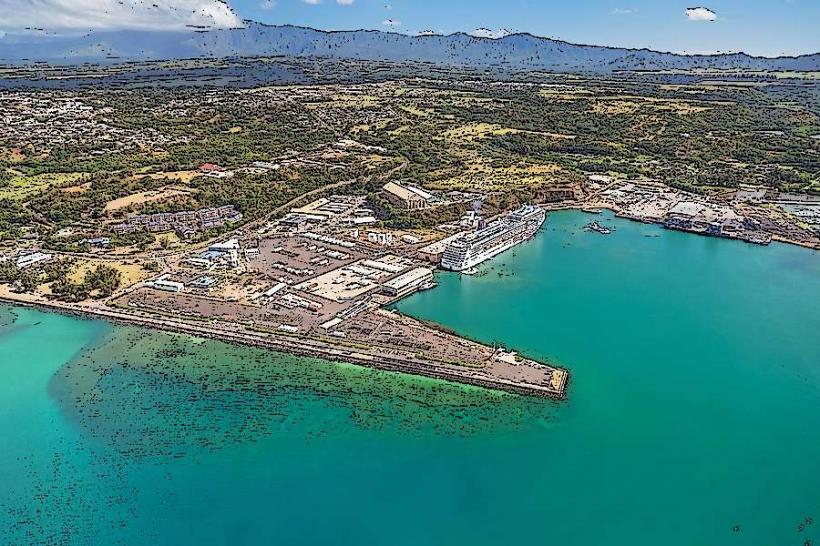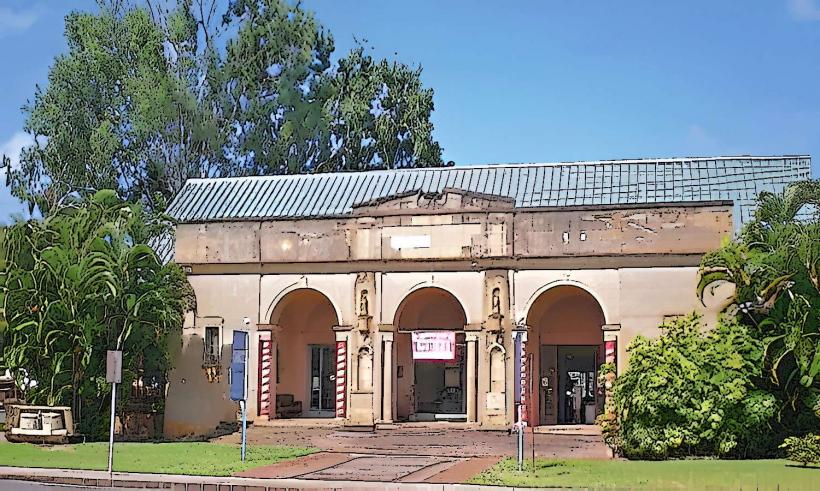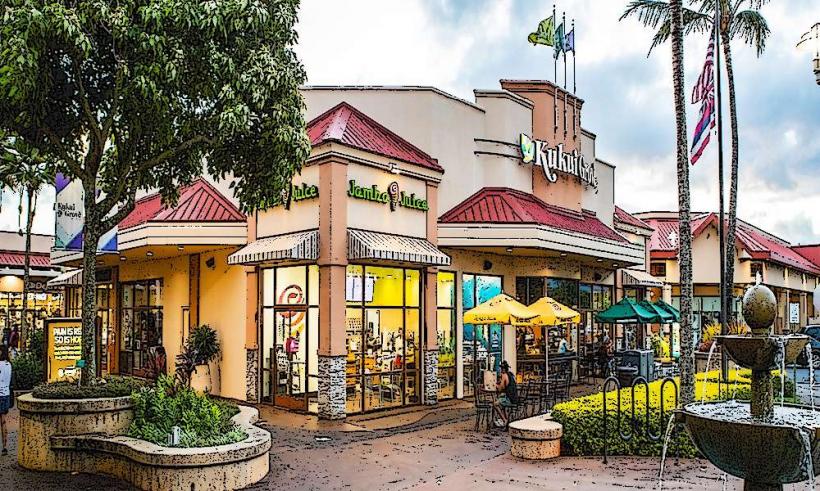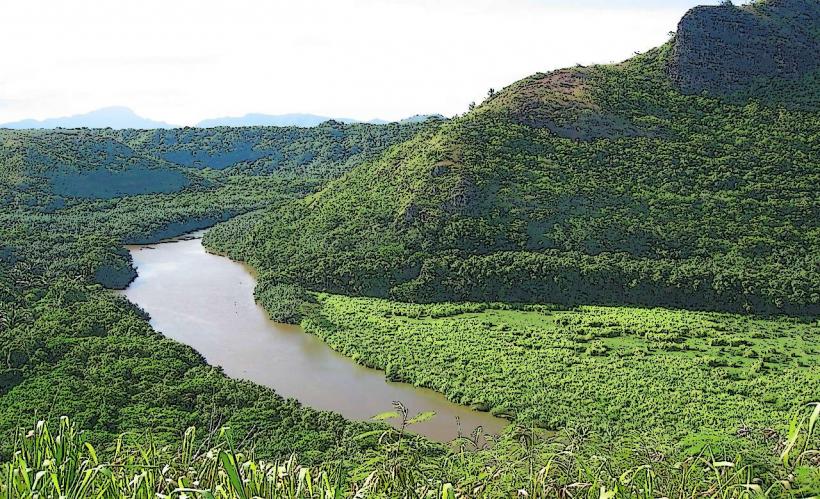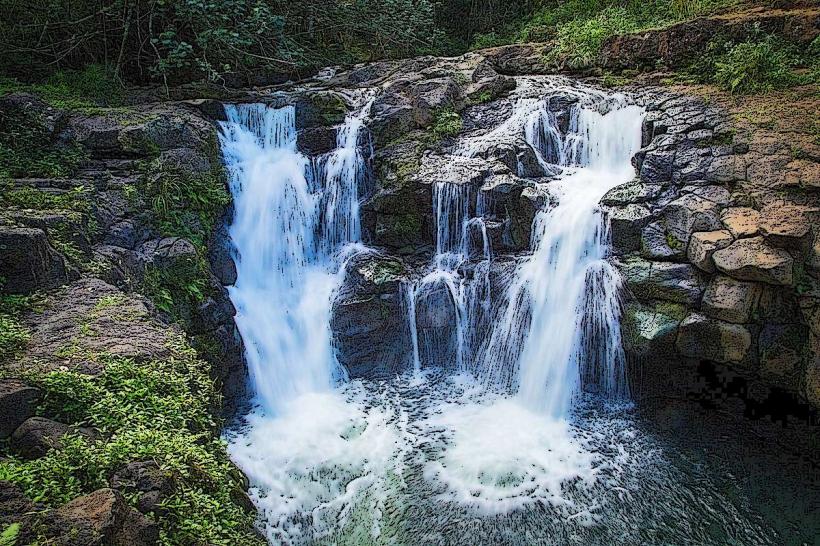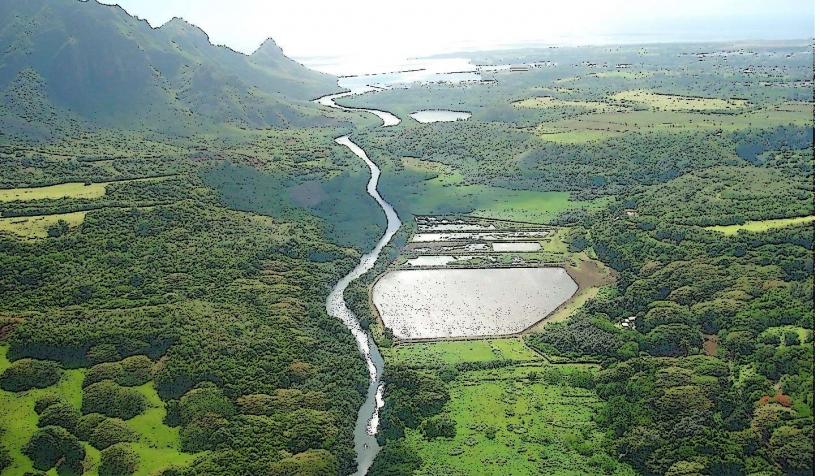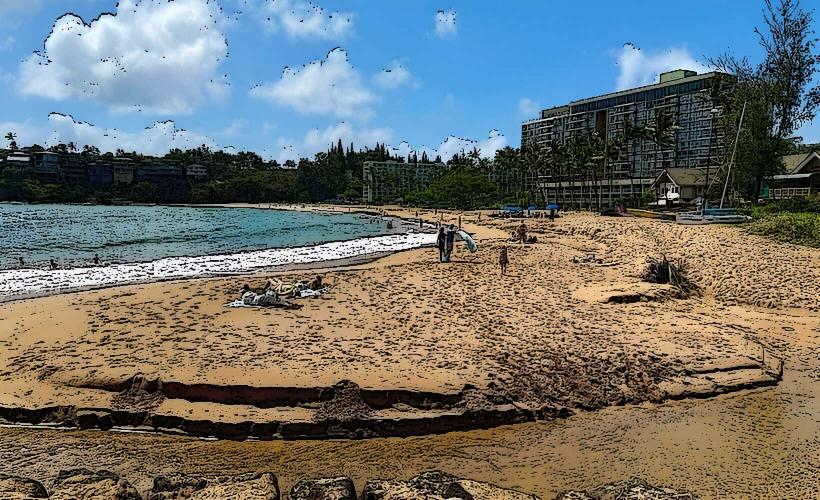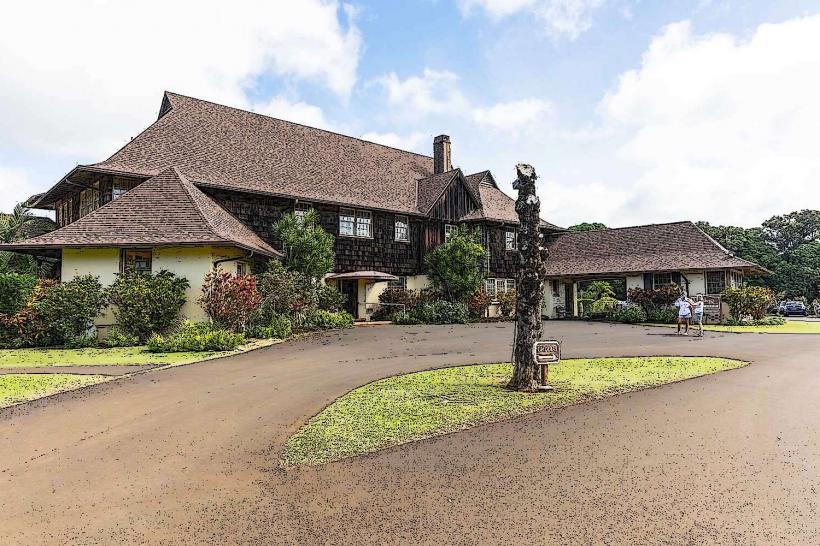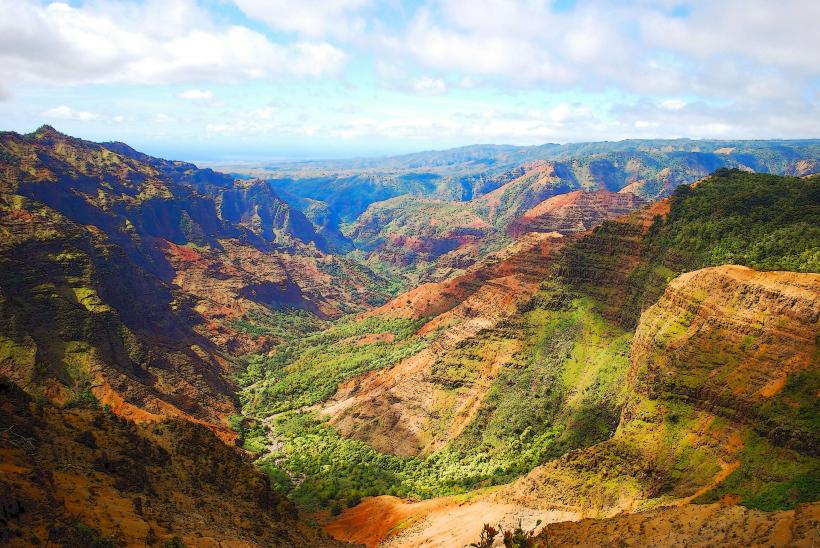Information
Landmark: Lihu'e Plantation RuinsCity: Lihue
Country: USA Hawaii
Continent: North America
The Lihu'e Plantation Ruins are the remnants of one of Kauai's significant sugar plantations, located near Lihue, the island's county seat. The ruins stand as a testament to the era of sugarcane cultivation that dominated Kauai’s economy for much of its history. While the plantation itself no longer operates, the ruins provide visitors with a glimpse into the past, illustrating how important sugarcane was to the island’s development.
Key Features and Attractions:
1. Historical Significance:
- The Lihu'e Plantation was founded in the 1800s, and for many years, it was one of the island’s major sugar plantations. During its peak, it played a significant role in Kauai’s economy, alongside other plantation operations, fueling the island’s agricultural expansion.
- Sugarcane was Kauai’s most important crop during the plantation era, and the Lihu'e Plantation was a large-scale operation that contributed to the growth of the island’s sugar industry. It employed many workers, including a large number of immigrant laborers, who worked the fields and operated the mills.
- The plantation also contributed to the development of infrastructure on the island, including the construction of railways and roads, which were essential for transporting sugarcane to the mills and ports.
2. Ruins and Remnants:
- Today, the Lihu'e Plantation Ruins consist of several structures that have been abandoned and left to deteriorate over the years. These ruins provide a fascinating look at plantation-era architecture and the way in which the sugar industry once operated.
- The most notable features include the old plantation mill, worker housing, and remnants of the plantation’s infrastructure like water canals, stone foundations, and brick chimneys.
- The ruins are scattered across the property, and some structures are more recognizable than others. However, all provide a sense of the once-thriving community that existed on the plantation.
3. Plantation Mill and Equipment:
- The plantation mill at Lihu'e was an essential part of the sugar production process, where harvested sugarcane was processed into raw sugar. Although much of the machinery has been removed or rusted over time, visitors can still see the remnants of the mill’s structure and understand its role in the industrialization of Kauai.
- Some of the original equipment, such as large gears, stone grinding wheels, and other milling devices, may still be found among the ruins, offering visitors a chance to imagine the scale of the operation that once took place there.
4. Cultural and Archaeological Value:
- The Lihu'e Plantation Ruins are an important site for understanding the history of Hawaii’s plantation era, particularly the social and labor dynamics that characterized this period. Workers on the plantation were primarily of Japanese, Filipino, Chinese, and Portuguese descent, and the plantation played a crucial role in shaping the island’s cultural diversity.
- The remnants of the plantation also reflect the interaction between the indigenous Hawaiian population, immigrant laborers, and landowners. The complex history of these groups is preserved in the architecture and ruins.
- Archaeologists and historians continue to study the site to learn more about the plantation era and the lifestyle of those who lived and worked there.
5. Wildlife and Natural Surroundings:
- The area around the ruins is lush with tropical vegetation, and the site is often surrounded by overgrown plants, trees, and wildflowers. This gives the ruins an eerie, yet beautiful, atmosphere as nature has reclaimed much of the space.
- The ruins are sometimes visited by local wildlife, including birds and other small animals that live in the area. The site offers opportunities for birdwatching and nature photography as the ruins blend into the vibrant tropical surroundings.
6. Accessibility:
- The Lihu'e Plantation Ruins are located just outside the town of Lihue, making them easy to reach for visitors staying in the area. However, the site is not as developed as other historical attractions on Kauai, so it’s important to note that visitors may need to explore the area on foot and are encouraged to wear sturdy shoes due to the uneven ground and overgrown vegetation.
- There are no formal tours of the ruins, and the site is relatively underdeveloped, which means visitors should use caution when exploring. Signs or markers are minimal, and much of the area is left in its natural state.
7. Nearby Attractions:
- Wailua River State Park: Just a short drive from the Lihu'e Plantation Ruins, this state park offers opportunities for kayaking, hiking, and visiting Fern Grotto, a natural cave surrounded by lush vegetation.
- Kauai Museum: Located in Lihue, this museum provides an in-depth look at Kauai’s history, including its plantation heritage. It’s a great place to learn more about the social and cultural impact of the plantation system on the island.
- Opaekaa Falls: A short drive from the ruins, this waterfall offers stunning views and is a popular destination for photography.
- Kilohana Plantation: Another historical plantation located nearby, Kilohana Plantation offers guided tours, a train ride, and dining experiences, providing additional insight into Kauai’s agricultural past.
8. Safety Considerations:
- The Lihu'e Plantation Ruins are not a developed tourist site, so visitors should be cautious when exploring the area. The ruins are situated in a somewhat remote location and may not have clear paths or designated walkways.
- As with any outdoor exploration in Hawaii, visitors should be aware of potential hazards such as rough terrain, unpredictable weather, and wildlife. It’s advisable to bring plenty of water, wear appropriate clothing, and be prepared for uneven ground.
9. Photography and Exploration:
- The ruins are a popular spot for photographers and history enthusiasts who enjoy capturing the eerie beauty of abandoned buildings and nature reclaiming human structures. The contrast of the ruins against the backdrop of lush greenery and tropical foliage makes for striking imagery.
- The site offers a unique opportunity to reflect on Kauai’s agricultural history and the impact of the plantation era, making it a meaningful stop for visitors interested in learning more about the island’s past.
Conclusion:
The Lihu'e Plantation Ruins offer a fascinating glimpse into Kauai’s agricultural history and the era of sugarcane plantations that once shaped the island’s economy and culture. While not as developed or as easily accessible as some other historical sites, the ruins are a hidden gem for those interested in exploring Kauai's past and experiencing a quiet, reflective space amidst lush natural surroundings.

